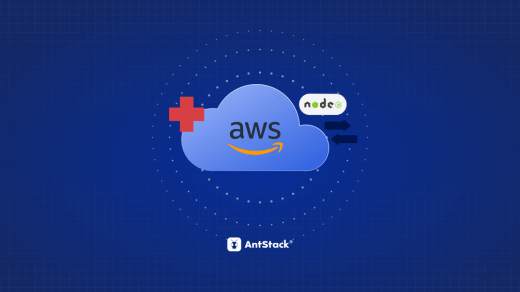
Data migration in the healthcare sector is the process of moving information regarding patients and medical data from one storage place to another. It is recognized as a system for storing and handling patient information within a secure and single location. Data migration to more advanced storage involves analytical features and restricted access. It is regarded as the primary phase of EHR implementation.
Migrating the records of the entire business enterprise happens to be a challenging process. If you understand the challenges related to medical data migration, you will be able to prepare for the challenging time, thereby reducing the risks. Here, we are going to talk about the data migration problems to move the medical records:
Deep learning
Building the roadmap for the healthcare data migration is challenging and requires a lot of effort. Proper planning is the only way to move the records. The absence of proper planning can result in positive results, such as negative scope definition, wrong tool selection, inaccurate budget, noncompliance with regulations, data alteration and duplicates, and a rise in costs.
Data analysis
In healthcare institutes, the data gets fragmented across different storage systems from various data sources, like billing software, EHRs, lab systems, and billing software. Owing to the scattered data formats and data sources, it becomes challenging to conduct data analysis, thereby redefining the analytics. With the consolidation of healthcare data with on-site infrastructure, it becomes difficult to look for different analytical models that remain compatible with the data format. The combination of such factors can reduce the final analysis quality, thereby slowing the whole process.
Solution
Amazon Athena happens to be a serverless service, which helps to make serverless data analytics process from fragmented sources easier and quicker. This is due to its capability to query different data sources.
Data interoperability
Interoperability happens to be a primary challenge related to healthcare data migration. Different kinds of tools produce them in versatile formats. If you are willing to migrate data to a more advanced system and utilize it for automation and analytics, you should ensure data interoperability. It needs the prerequisite knowledge of different interoperability standards like USCDI and HL7 FHIR to seek smoother and hassle-free data exchange between various system components via APIs.
Solution
Choosing AWS serverless Data Migration service is essential in this aspect as it provides the prerequisite support for heterogeneous and homogenous migration. Such flexibility facilitates the data transfer process from the source database to several endpoints, depending on storage needs. You can get the data migration process done to various cloud database services, like Amazon Aurora, Amazon RDS, and Amazon RedShift. AWS DMS facilitates the ongoing replication, thereby assuring that introducing changes in the source database gets reflected on the target endpoint at certain scheduled intervals.
Achieving regulatory compliance
To handle healthcare data, it is important to comply with the HITECH Act, HIPAA, CCPA, and other regulations. To achieve compliance in legacy systems, migration to the latest software involves a regulatory needs view. Hence, it is necessary to find out if the latest data processing practices comply with the law.
Solution
AWS HIPAA compliance’s track record is clear. The majority of the services are known to be HIPAA compliant. The addition of an extra security layer is recommended. AWS KMS or AWS Key Management Service is integrated with most of the AWS services, like AWS Lambda, Amazon S3, and Amazon EC2. It is known to encrypt data in specific systems. It acts as the hub to seek access to the encryption keys to seek access to the data faster. During integration with AWS CloudTrail, it logs the encryption critical access instances to boost accountability and make monitoring access an easy process.
Planned downtime
Moving from legacy infrastructure to the cloud needs scheduled downtime for uninterrupted quality checks and data transfers. As the transferred data volume remains high, it takes a longer time to transfer it. If you want to improve the data consistency process, the target and source ecosystems should be in sync to ensure that data availability remains within the systems till the completion of the migration. Downtimes are essential for the synchronization to prevent the risks of corruption during the migration.
Solution
AWS Datasync is known to automate different processes during the data migration transfer process. It verifies automatically that the transferred data to the specific system is similar to the source. DataSync allows incremental data transfer. It leads to the data migration from the source database to the particular target system. It helps to save ample time. Thus, it helps to decrease the risks of unnecessary duplication and transfers. Hence, the potential user will schedule the intervals for data transfer and data synchronization, thereby maintaining the availability during the higher demanding periods.
Modernizing the infrastructure to accomplish suitable healthcare requires careful AWS expertise and careful planning to create optimized solutions. As mentioned above, you can opt for either of the solutions to remove the data migration challenges and make the migration process an utter success.








